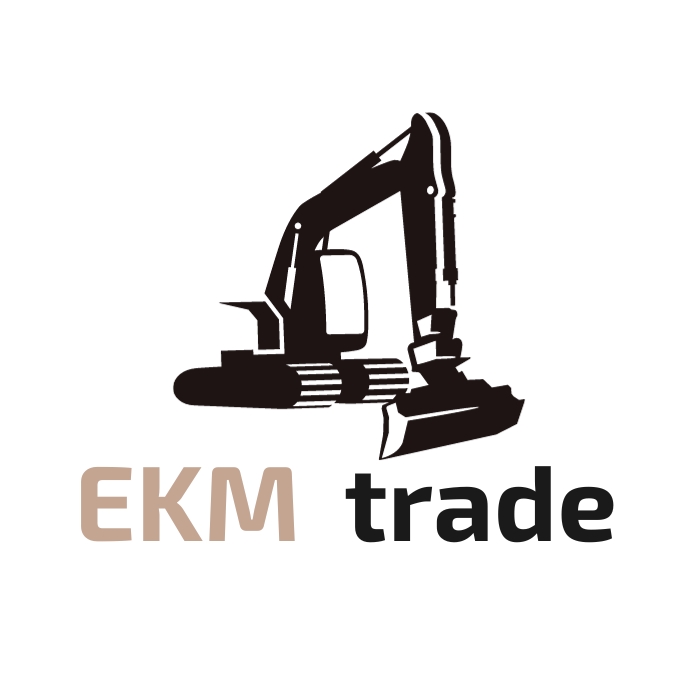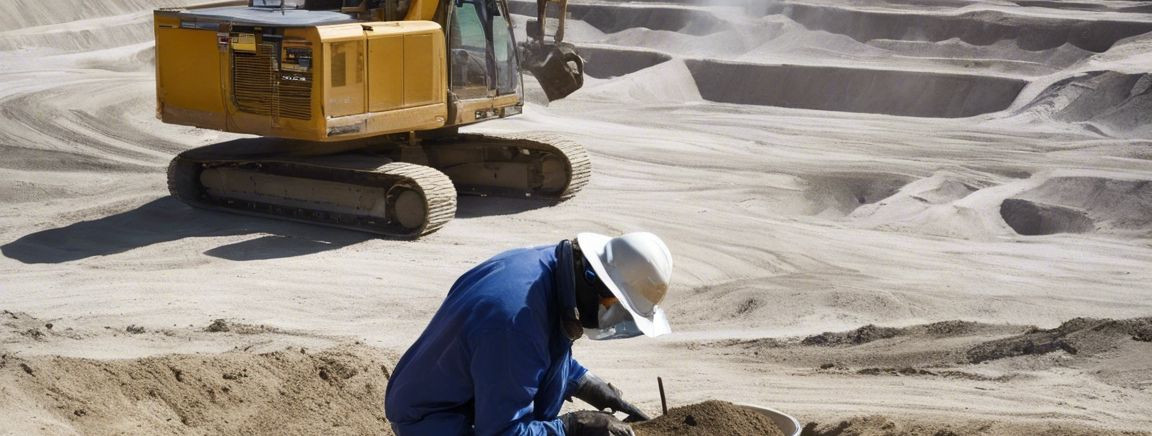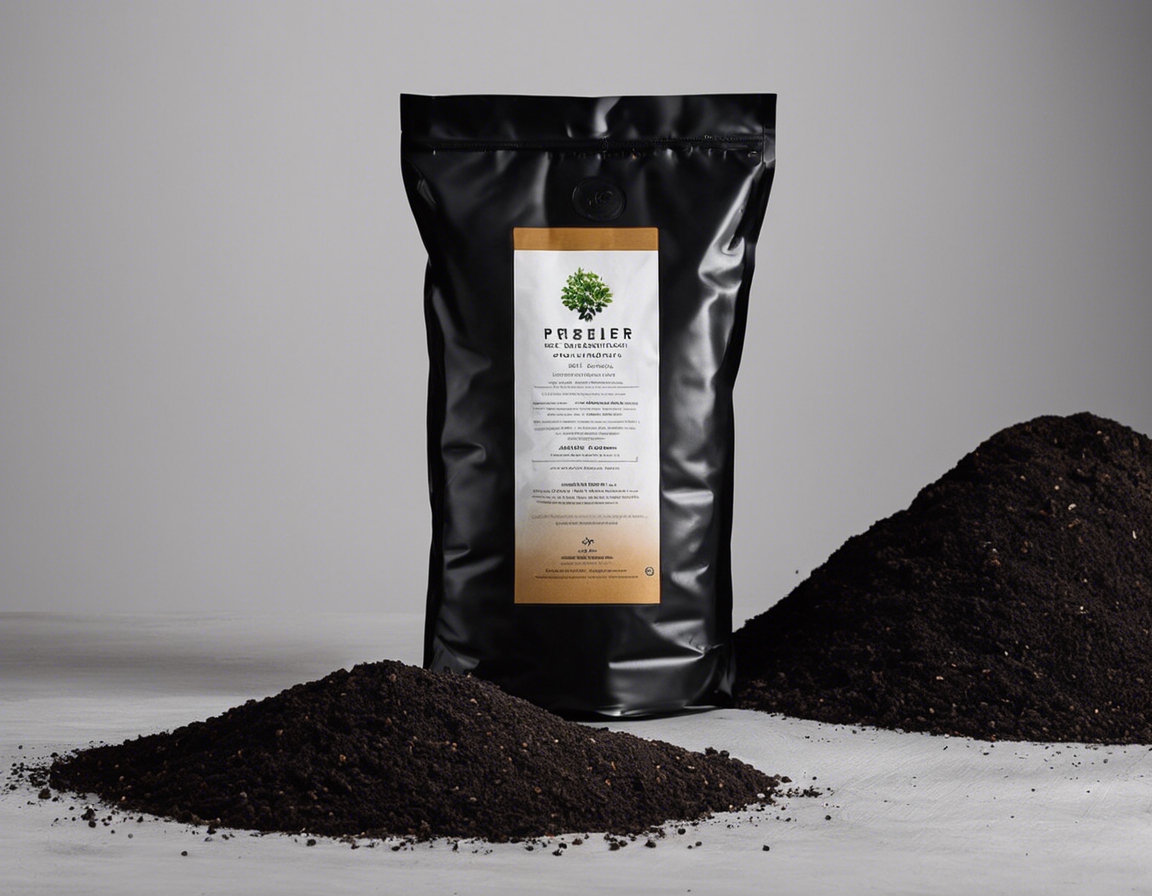The importance of soil stabilization in construction
Soil stabilization is a critical process in construction that involves altering the physical properties of soil to improve its strength, durability, and load-bearing capacity. This process is essential for creating a stable foundation for various types of infrastructure, from roads and bridges to buildings and landscaping projects.
Historically, civilizations have recognized the importance of solid foundations, with early methods of soil stabilization dating back to ancient times. Today, modern technology and scientific advancements have led to a variety of sophisticated techniques that cater to the complex demands of contemporary construction projects.
Understanding Soil Mechanics
Soil is a heterogeneous mixture of organic matter, minerals, gases, liquids, and countless organisms. Its properties, such as texture, compaction, and water content, can significantly affect construction outcomes. Unstable soil can lead to structural failures, making soil stabilization a non-negotiable step in the construction process.
When soil is subjected to load, it can exhibit behaviors such as compression, shifting, and expansion. Understanding these behaviors is crucial for determining the appropriate stabilization method to ensure the longevity and safety of a structure.
Methods of Soil Stabilization
Chemical stabilization involves adding binding agents like lime, cement, or fly ash to soil. These additives enhance the soil's physical and chemical properties, resulting in a more stable base for construction.
Mechanical stabilization includes methods such as compaction and reinforcement with geosynthetics. These techniques physically alter the soil structure to improve its load-bearing capacity.
Advancements in technology have led to the development of innovative stabilization methods, including the use of polymers and bioengineering techniques, which offer sustainable and efficient solutions for soil stabilization challenges.
The Benefits of Soil Stabilization
Stabilized soil exhibits increased durability and strength, which is essential for supporting heavy structures and withstanding environmental stresses.
Soil stabilization can lead to significant cost savings by reducing the need for expensive excavation and replacement of unsuitable soil. It also speeds up the construction process by allowing work to proceed in less-than-ideal soil conditions.
Many soil stabilization methods are environmentally friendly, reducing the need for quarrying new materials and minimizing the carbon footprint of construction projects.
Soil Stabilization in Practice
Choosing the right stabilization method requires careful analysis of soil conditions. Soil testing is an indispensable part of this process, providing data that informs the stabilization strategy.
Once a stabilization method is selected, proper implementation and rigorous quality control are essential to ensure the effectiveness of the stabilization and the longevity of the construction project.






Comments (0)